‘You should not take yourself too seriously or you risk becoming boring’: Luca Guadagnino and Nicolò Rosmarini on Homo Faber 2024
As the design and film worlds flocked to Venice at the weekend for Homo Faber and the Venice Film Festival, Wallpaper* sat down in a cool salon with two men in hot demand to take their temperature on craft, interiors and gold leaf cable covers

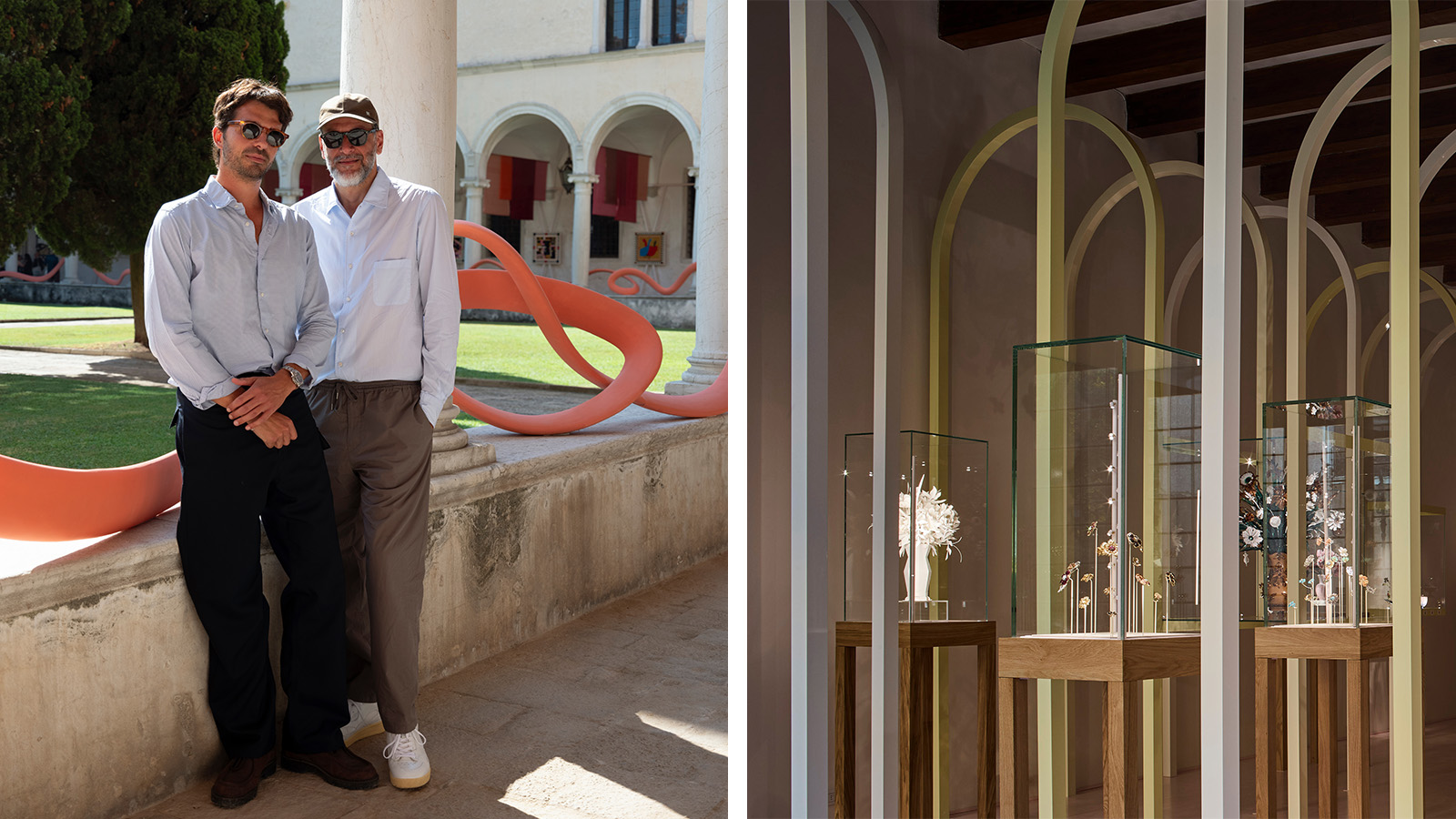
The 3rd edition of Homo Faber opened its gates at the weekend for the month of September 2024, taking over the Fondazione Giorgio Cini on San Maggiore. Across 11 spaces, visitors are introduced to ‘The Journey of Life’ where more than 800 crafted objects by around 400 individuals or studios from 75 countries around the world are on display. Beyond curation, creative direction was always going to be a vital part of bringing the experience alive in a coherent and compelling way. Hats off to the Michelangelo Foundation for selecting director Luca Guadagnino and architect Nicolò Rosmarini to oversee proceedings. Away from the late-summer, humid funk of the lagoon, Wallpaper* sat down with the two men to hear more.
Luca Guadagnino and Nicolò Rosmarin, the creative minds behind the 3rd Homo Faber biennale
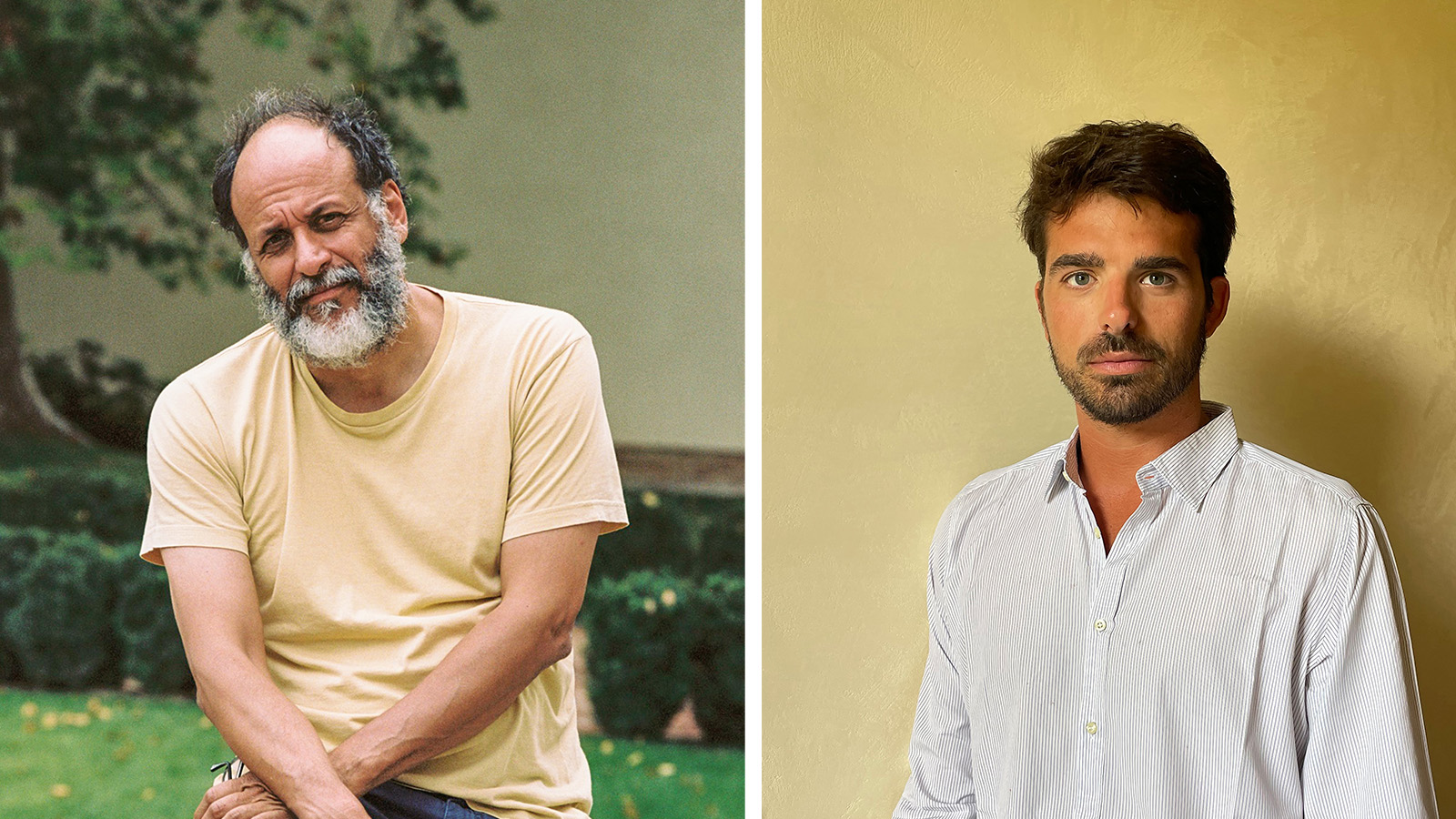
Left: Luca Guadagnino. Right: Nicolò Rosmarini
Wallpaper*: Congratulations, first and foremost. It’s no easy task to bring such a wealth of different objects together and not make it feel like a jumble sale. How did you begin to draw a thread through the curation to tie everything together?
Nicolo Rosmarini: Hanneli Rupert brought the idea to us of ‘The Journey of Life’, and discussing this with her, it became apparent fairly quickly that we could divide the stages of life into themes for the different rooms that make sense for grouping objects with shared functions or materials together. Our challenge was to make the different spaces relate to the theme and the works, and the interiors together.
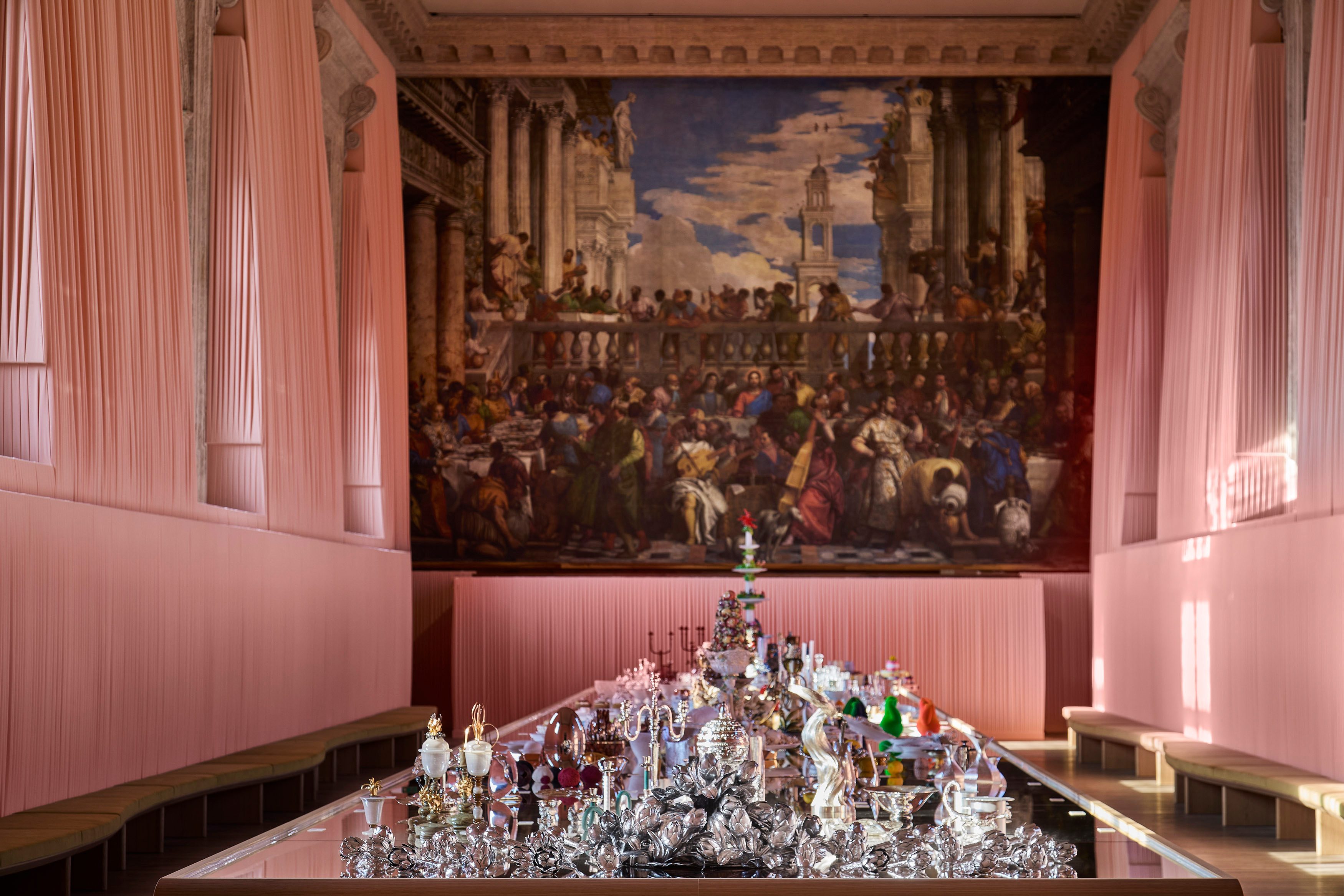
Buccellati Celebration
W*: Presumably you developed a concept before knowing what the works would be?
Luca Guadagnino: We started to design an idea that became a framework both for object curation and artistic direction. So with childhood, we would show toys and objects related to children in a soft environment that might feel like a playroom. For celebration, we would show objects for the table in a spectacular installation where the table anchors the space and elevates the objects too.
W*: Craft is by definition a broad and unwieldy subject – what have you learnt about craft through this process?
LG: One moment that will stay with me, was when we went to Paris to visit a jewellery house. There, they showed us how they create the jewellery they make. It is so detailed, so precise yet also so ephemeral. I found it very moving to witness the dedication. The art of making manually is something extraordinary. There is great beauty and richness embedded in the practice of craft, but it’s not only the act of manipulating precious materials. There is much to be learnt about life from seeing how things are made, by whom, where and why.
Receive our daily digest of inspiration, escapism and design stories from around the world direct to your inbox.

The Childhood room photographed by Giulio Ghirard
W*: I agree. There was a different energy in the areas of the rooms in the exhibition where the artisans were doing live demonstrations. Suddenly you see far beyond the object to understand embedded knowledge and humanity.
LG: This is why we wanted to design the tables on which the craftspeople are working for the show, so they feel integrated and embedded in the experience. For us it was a beautiful way to make love to one another: the artisans and the craft, the exhibition and the experience.
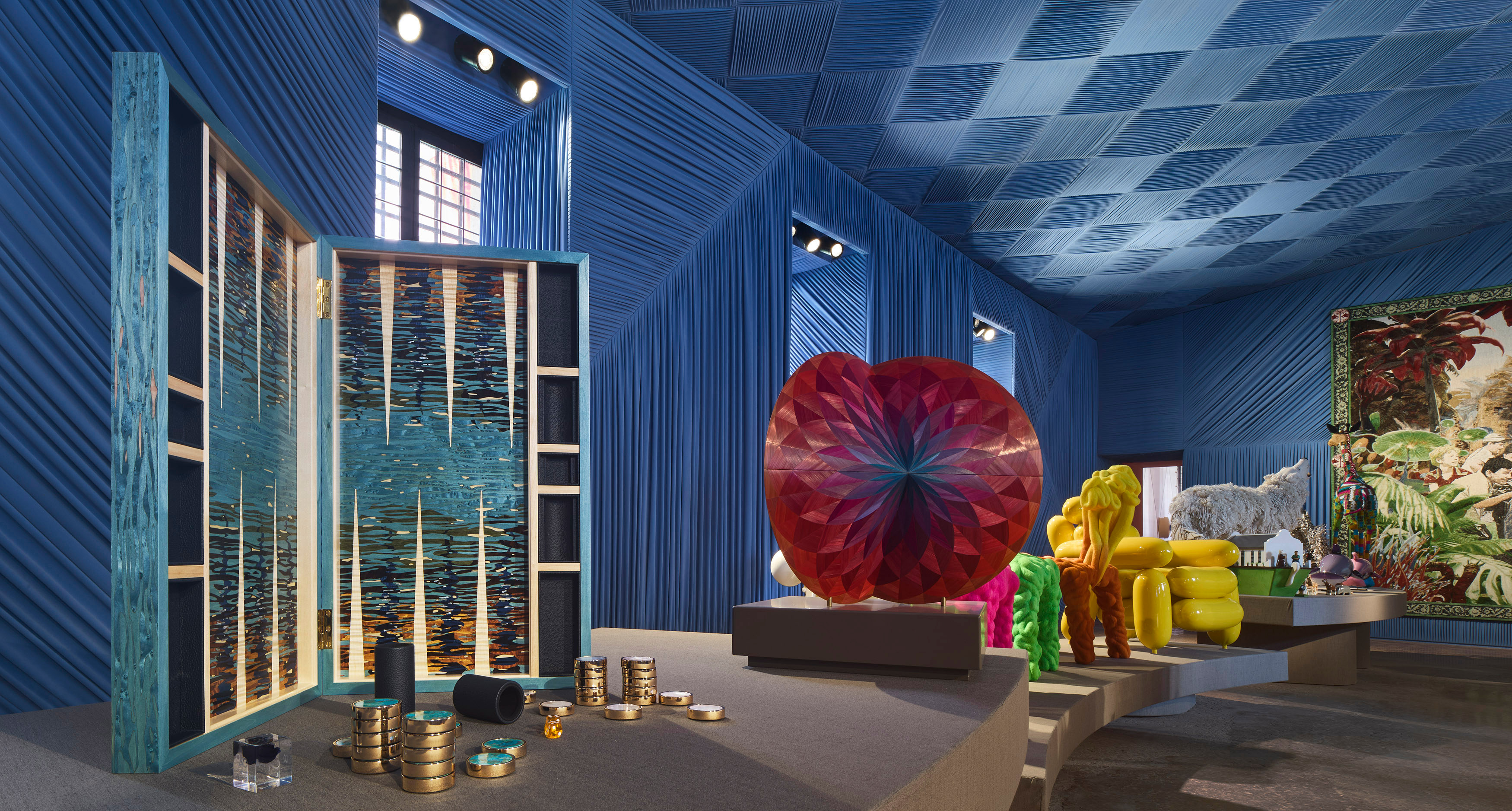
Alexandra Llewellyn's Childhood room design
W*: For me this was one of the more successful interventions, helping bring the craft experience, not just the objects to life. Yet it also made me crave to see and learn more about the hundreds of works that didn’t have their artisans with them. Each piece is a human story of knowledge, time, material and place. What do you think people will take away from the exhibition as a learning about craft?
LG: As you say, craftsmanship deals with the need of form and expression (and sometimes function) through a material. It is such a human practice and so linked to humanity. From building your first sandcastle to becoming a jeweller in a Parisian maison, we harness the profound powers of action through materials, from fantasy to function, via time and skill. For me, the absence of the artist keeps the focus on the presence of the craft itself. The exhibition allows us to understand the depth of what craft means.
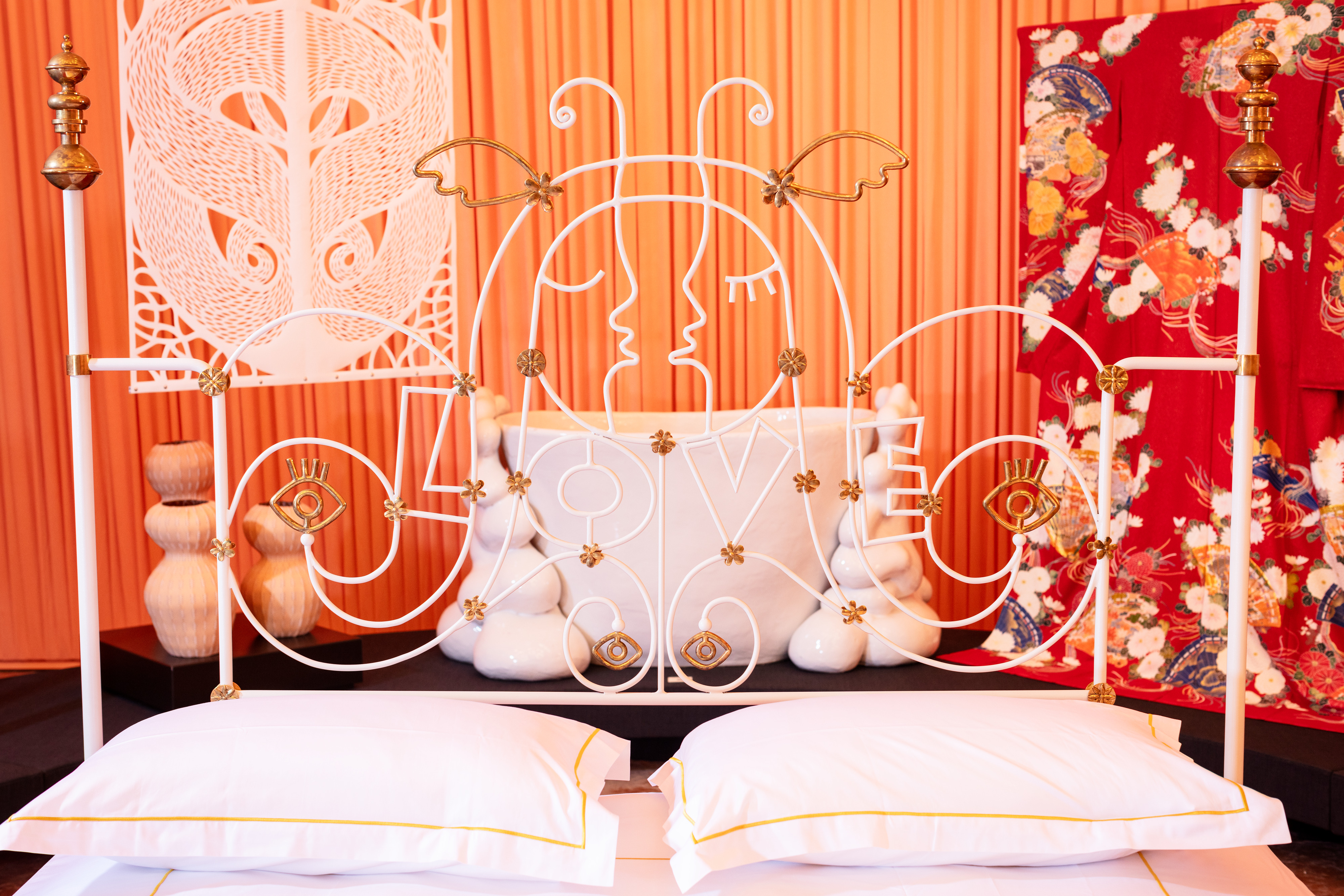
'Love bed' by Charlotte Colbert and Peter Reed Artisan
W*: There’s a school of thought that claims craft is nostalgic. What do you say to this?
LG: I think this is salacious. Just because craft deals in places with traditions does not make it nostalgic. Many objects in the exhibition demonstrate how alive craft is to new ideas, expressions and tools. I think of the Nature room where there is a table of basketry from Ghana, Japan and China among other countries – these forms are not classic at all. The skill and material might be classic, but the expression is definitely forward-looking.
NR: This is why we love the giant 3D-printed ribbon at the start of the exhibition in the Birth courtyard.
W*: It is a memorable start to the show. What will happen to this at the end of September when the show is finished?
LG: It will stay in your memory forever.
W*: Nicolo, how does craft inform your architecture practice?
NR: In several ways. I get close to craft working with materials of course, but also in thinking about details and how they come to life in spaces and buildings. Craft raises the quality of architecture, and it also helps people to connect to buildings and environments.
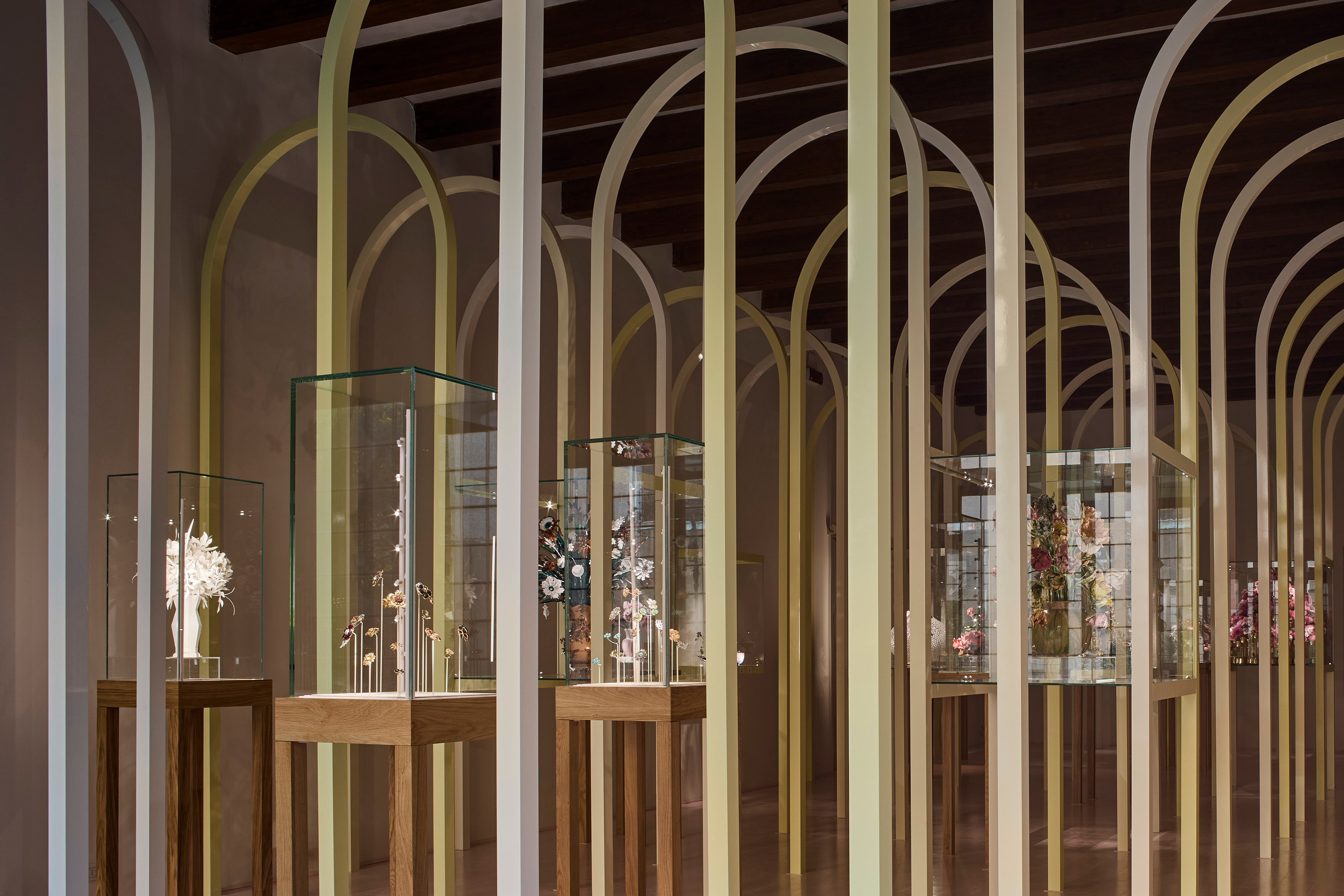
W*: What is one thing that has surprised you in the show?
NR: One of my favourite experiences is seeing the different techniques used in the Goose Game tapestries that line the Birth courtyard. Each artisan was given a design by Nigel Peake, who was responsible for the graphic identity and also for the basic design of the Goose Game tapestries, which were then sent to artisans all over the world to complete as they wished. Here you see different techniques to get to the same goal; different skills, materials, details and feelings. Despite tight parameters, they reveal the power of craft for individual expression. I also love our 13-metre papier maché trees that line the stairway up to the Celebration room.
W* They are fun. In fact what I enjoyed most in your design intervention is the lightness and whimsy you brought to the intensity of the scale show. Whether through colours, mirrors, fabric, rugs – your language lifted the atmosphere and stopped things becoming too earnest.
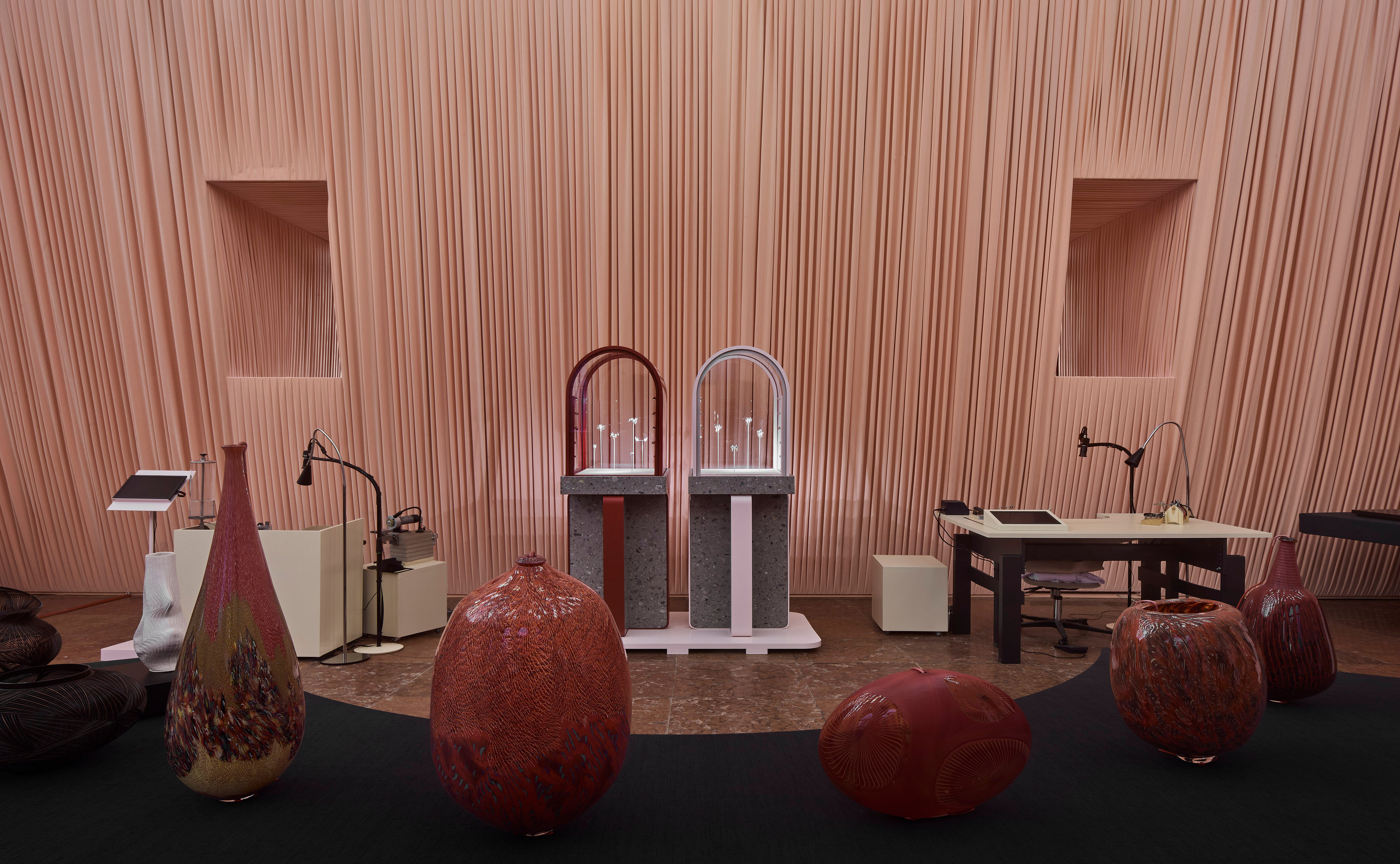
Van Cleef & Arpels' 'Love Union'
LG: We talked about the architecture of the Cini and how to frame each room respectfully but also to make them feel different; how to honour the architecture without hiding it was our challenge, and we looked to Carlo Scarpa’s exhibition in the 1950s of Antonella da Messina in Sicily, where he wrapped fabric around the rooms. This has a strengthening, rather than diminishing effect. We wanted to empower the objects and spaces through colour and light. Every room has daylight, apart from the Cini pool (Dreams room), and in most rooms we have incorporated mirrors to reflect and enliven the natural light.
W*: In the Dialogues room, where you have coated the interior architectural elements in gold leaf, I greatly enjoyed that you had even coated a cable cover in gold leaf on the floor.
LG: I’m so glad you noticed this. We love details!
W*: Luca, we are increasingly getting to know you as an interior designer these days. What are you learning about life through interior design?
LG: My experience of the past eight years in interiors has taught me about the personality of architects and architecture, and how space expresses itself to come alive. My goal in time is to find the essence of things and make places that are empowered by few strong ideas and elements, not disguised by too much.
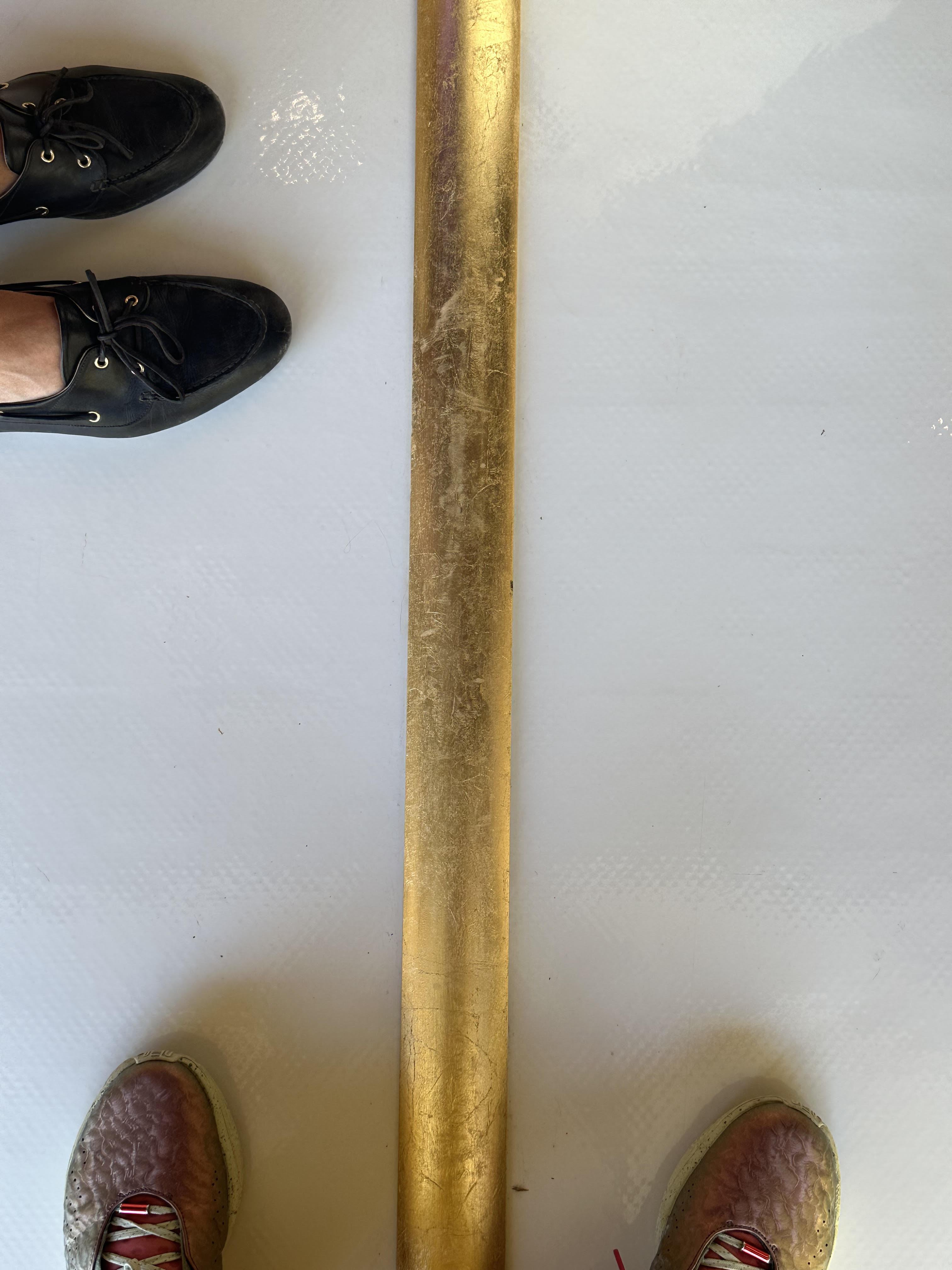
The gold leaf cable cover
W*: Design is often described as an editing process.
LG: I’m interested in minimalism through my lens. I am inspired by the great musician John Adams who created an incredible wall of sound – you feel the magnificence in such a powerful way. Here is a great minimalist at play, and I wonder how I might approach minimalism in my work? For me it’s about striving for the essence of form, light and colour to build an experience.
W*: Is there still room for playfulness?
LG: I like playfulness. You should not take yourself too seriously or you risk becoming boring.
Homo Faber's 'The Journey of Life' runs from 1 – 30 September 2024 at Venice, Fondazione Giorgio Cini homofaber.com
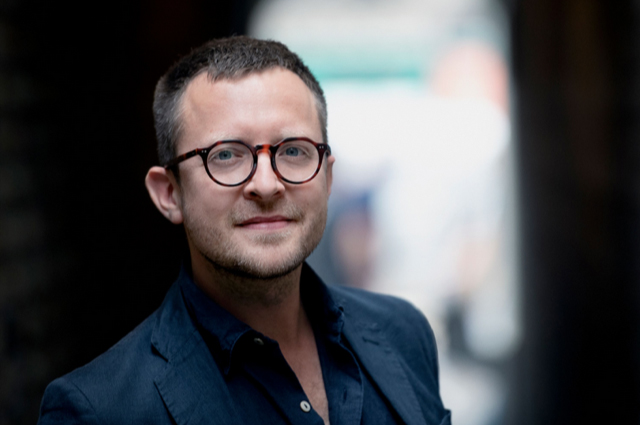
Hugo is a design critic, curator and the co-founder of Bard, a gallery in Edinburgh dedicated to Scottish design and craft. A long-serving member of the Wallpaper* family, he has also been the design editor at Monocle and the brand director at Studioilse, Ilse Crawford's multi-faceted design studio. Today, Hugo wields his pen and opinions for a broad swathe of publications and panels. He has twice curated both the Object section of MIART (the Milan Contemporary Art Fair) and the Harewood House Biennial. He consults as a strategist and writer for clients ranging from Airbnb to Vitra, Ikea to Instagram, Erdem to The Goldsmith's Company. Hugo recently returned to the Wallpaper* fold to cover the parental leave of Rosa Bertoli as global design director, and is now serving as its design critic.
-
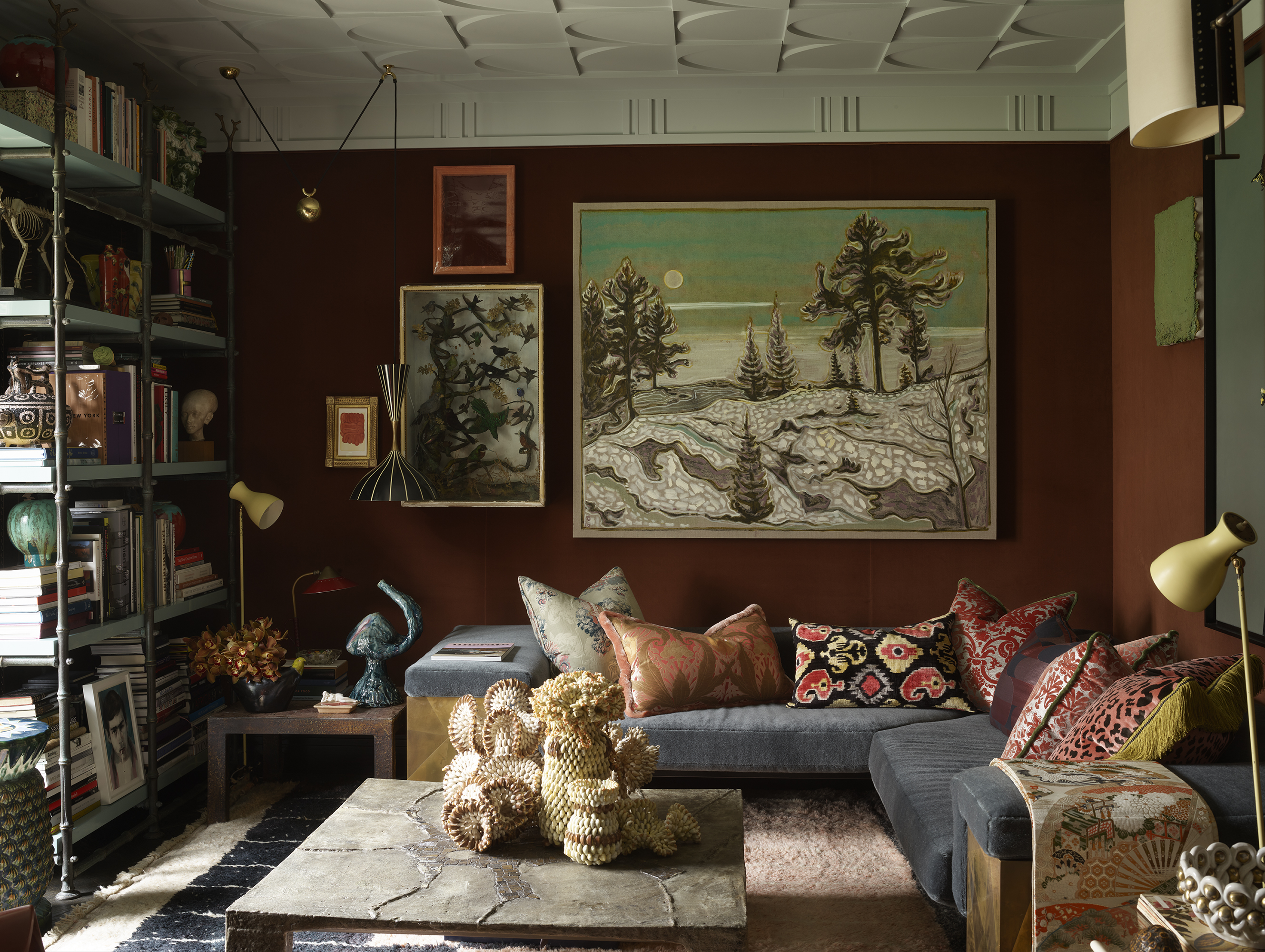 This designer’s Shoreditch apartment is ‘part grotto, part cabinet of curiosities’
This designer’s Shoreditch apartment is ‘part grotto, part cabinet of curiosities’The apartment serves as Hubert Zandberg’s ‘home away from home’, as well as a creative laboratory for his design practice. The result is a layered, eclectic interior infused with his personality
-
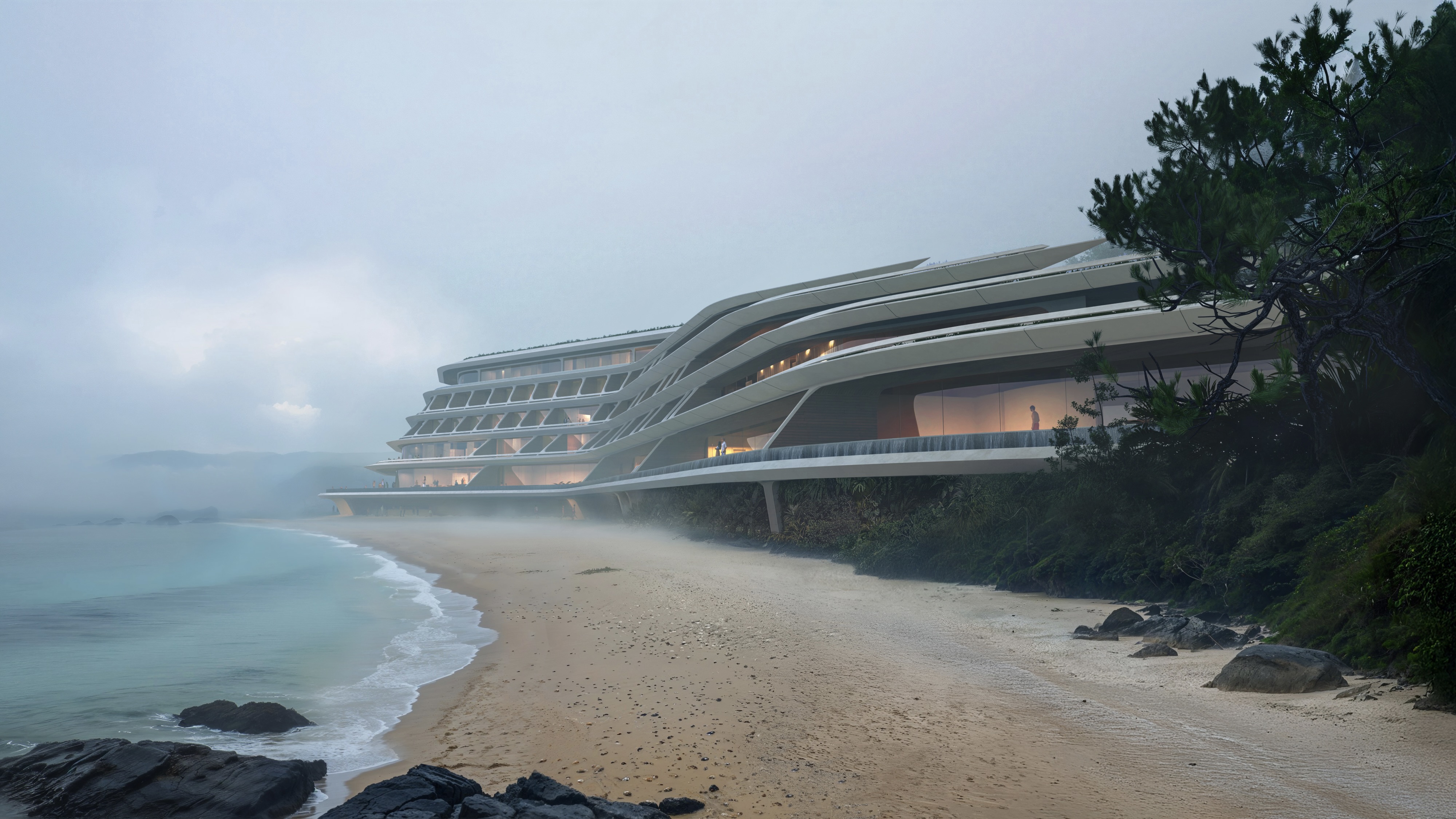 Curvilinear futurism meets subtropical beaches at Not A Hotel’s ZHA-designed Okinawa retreat
Curvilinear futurism meets subtropical beaches at Not A Hotel’s ZHA-designed Okinawa retreatZaha Hadid Architects has revealed the design for the first property in Not A Hotel’s futuristic new Vertex collection, coming soon to southern Japan
-
 Gorden Wagener leaves the helm of Mercedes-Benz design after 28 years with the company
Gorden Wagener leaves the helm of Mercedes-Benz design after 28 years with the companyThe German designer is stepping down from the role of chief design officer at Mercedes-Benz. We look back at his influence and impact on the world of automotive and luxury design
-
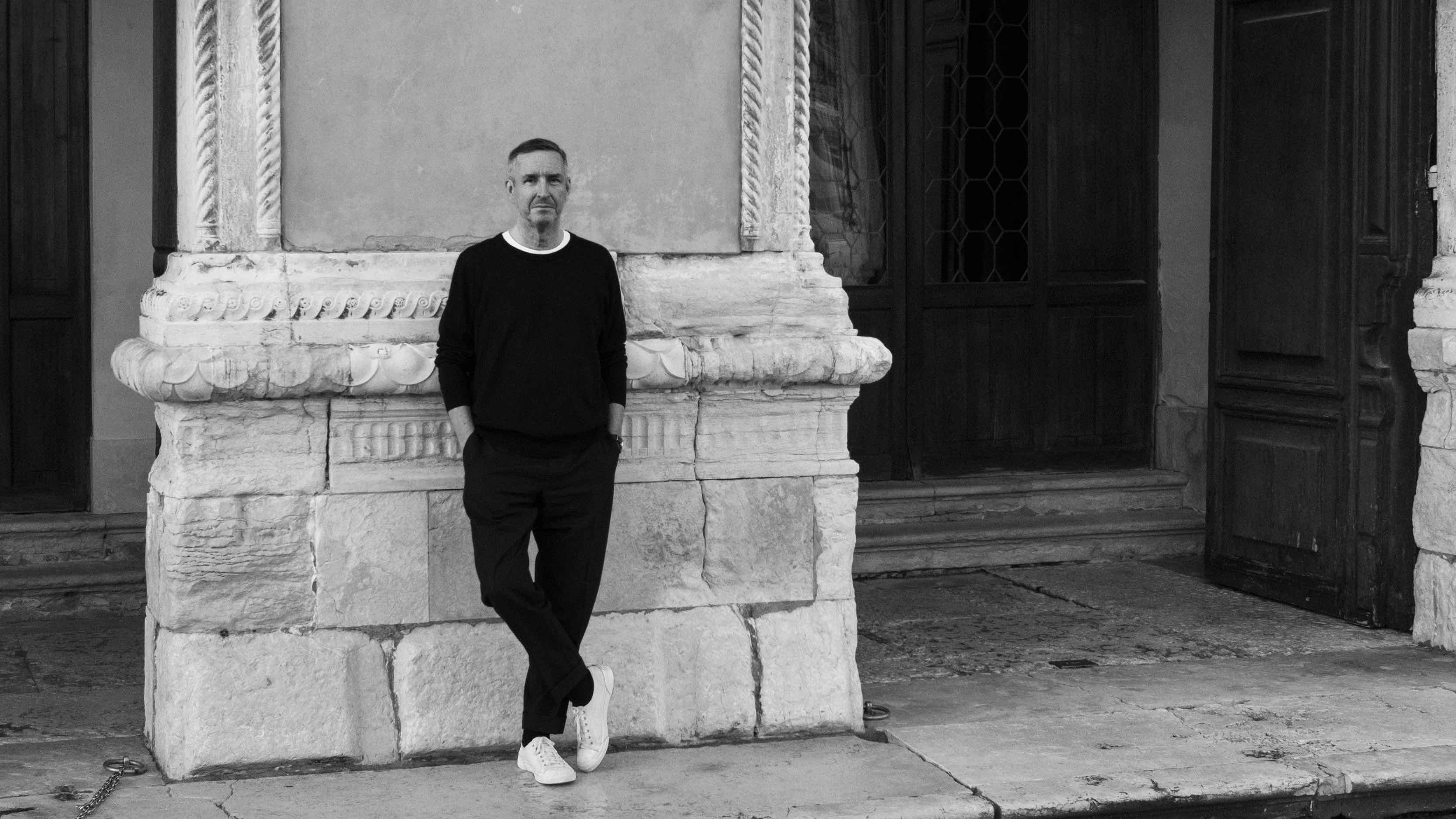 Dries van Noten on why he's building a new home for craft in Venice
Dries van Noten on why he's building a new home for craft in VeniceA year after departing the runway, Dries van Noten unveils his next chapter: the Fondazione Dries Van Noten, a newly announced cultural initiative in Venice celebrating craft in all its forms. Wallpaper* meets the designer to find out why he’s not ready to retire.
-
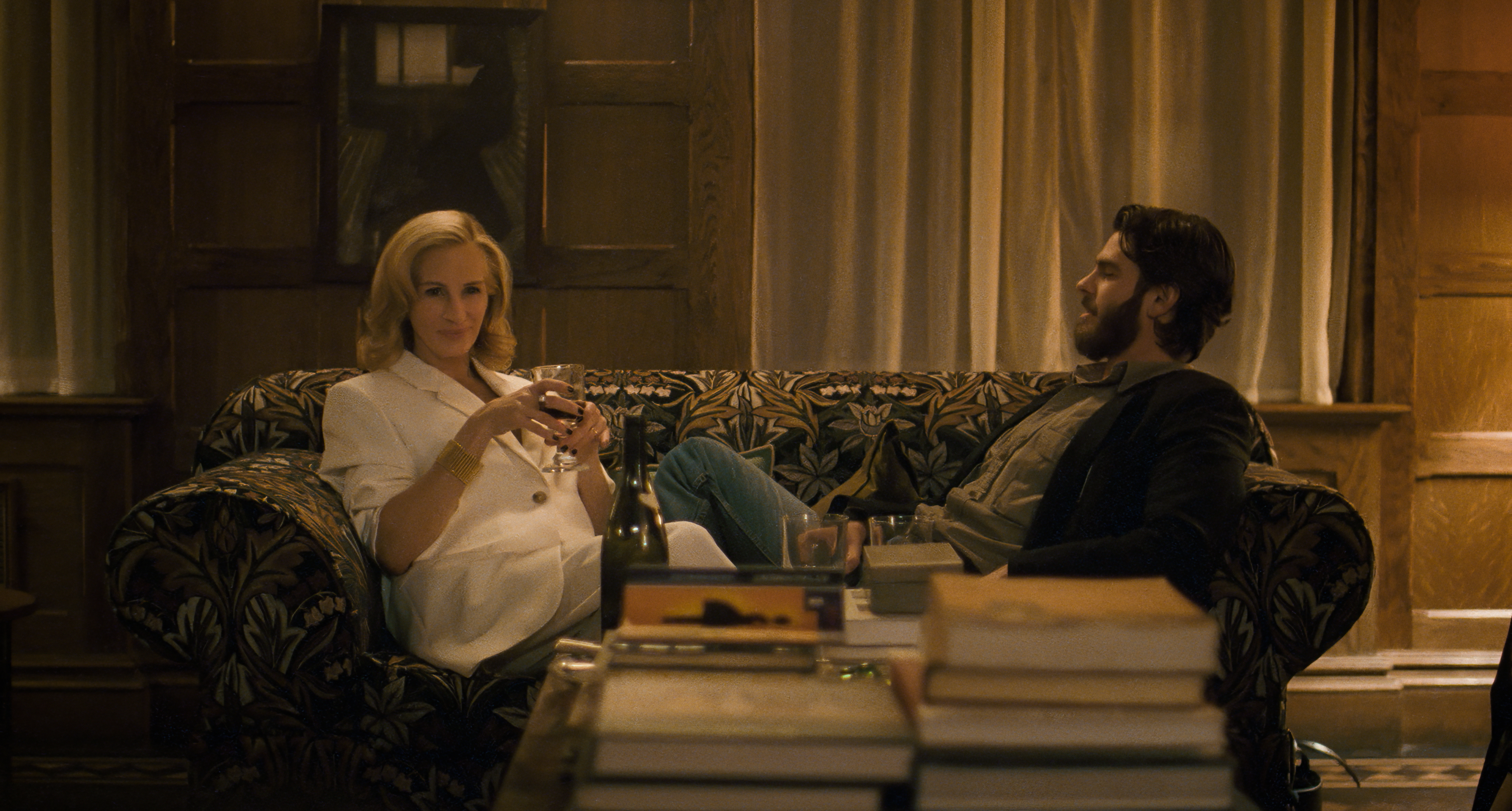 Designing Luca Guadagnino’s ‘After the Hunt’: ‘sets like these are a gift to actors’
Designing Luca Guadagnino’s ‘After the Hunt’: ‘sets like these are a gift to actors’Production designer Stefano Baisi tells Wallpaper* about creating a multilayered visual universe that both faithfully recreates the film's Yale setting and helps enhance each character's story
-
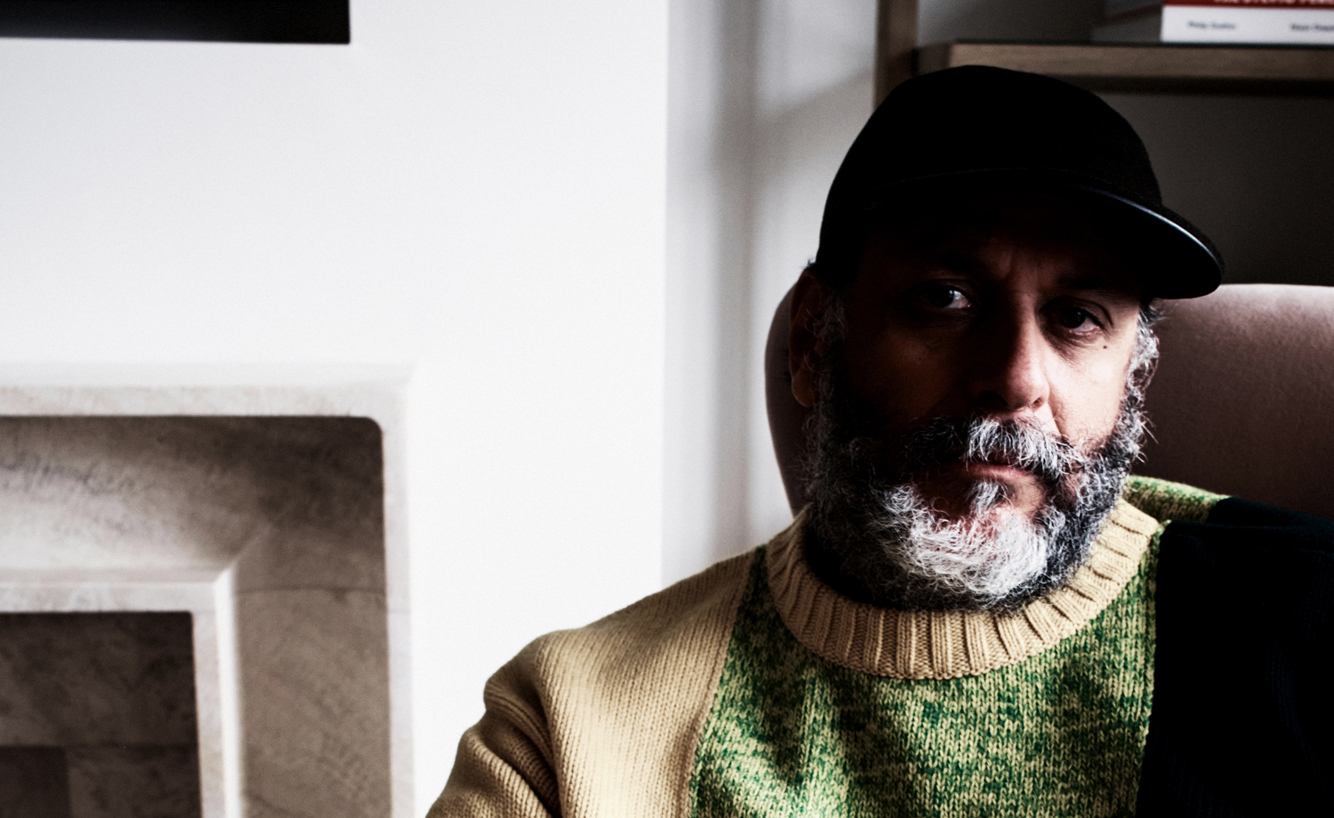 Luca Guadagnino judges Wallpaper* Design Awards 2022
Luca Guadagnino judges Wallpaper* Design Awards 2022Italian film director Luca Guadagnino, who recently expanded his work into design and interiors, talks about his projects and judging the Wallpaper* Design Awards 2022